Staying Fit

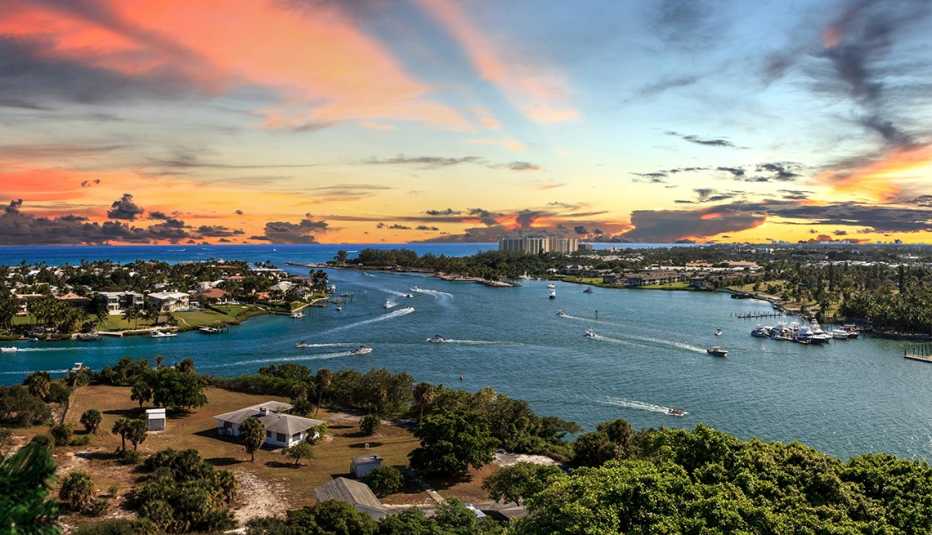
If you’re a regular winter traveler, no doubt you’ve encountered the crowds and hassles of the typical tourist destinations. Let this be the season of reason. We spoke with several people over 50 who talked up their communities as off-the-beaten-path ideas for your next vacation. You just need to pack your curiosity, sturdy shoes and a sense of adventure. But go ahead and bring a swimsuit, too.
Jupiter, Florida

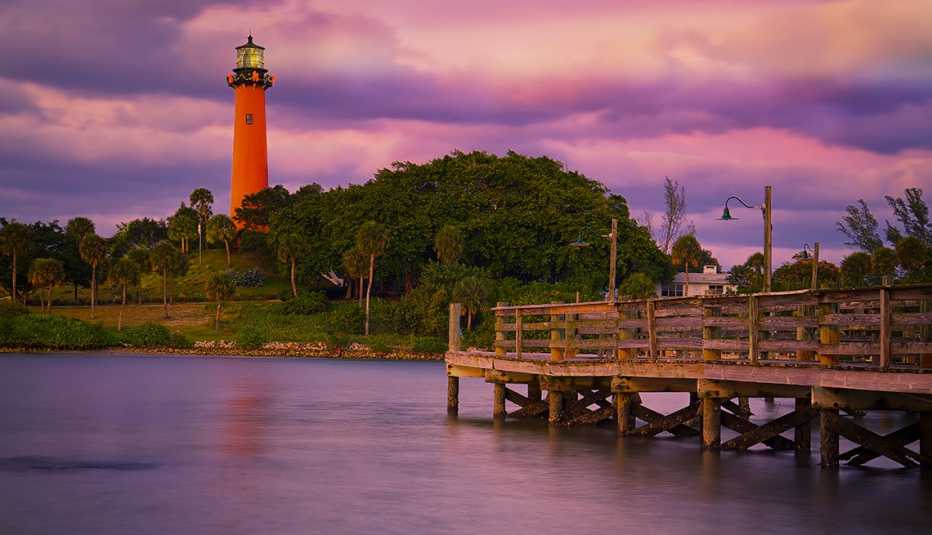
Average high temperatures: upper 60s–70s in January and February; 70s in March
Don’t let the lavish mansions or surrounding golf courses fool you. Jupiter, some 90 miles north of bustling Miami, is a laid-back beach town. “Until I-95 bisected Jupiter in the 1980s, it was a quaint little coastal seaside town with a freshwater river that was filled with freshwater animals like alligators and otters,” says Rick Clegg, 66, a Jupiter resident since 1979. “Now it’s a lot more accessible but still has a small-town feel.”
Sitting at the confluence of the Intracoastal Waterway, the Atlantic Ocean and the Loxahatchee River, Jupiter begs to be explored by boat or paddleboard. Talk about serene: One 7-mile stretch of the river is off-limits to motorized craft. “You’re almost entirely in the shade of the grand cypress canopy,” Clegg says. “It feels prehistoric.”
But we all know that the beach is one of Florida’s main draws. Jupiter has nearly 3½ miles of beaches, some ADA accessible and others dog-friendly. “At every high tide, aquamarine water floods into the Jupiter Inlet and is simply rapturous,” says Clegg. While there, check out the 108-foot-tall Jupiter Inlet Lighthouse. Hardy travelers can climb to the top, but you don’t have to go all the way up to appreciate the views.
When you need to dry out, catch a spring training game, starting in February, at Roger Dean Chevrolet Stadium, where the St. Louis Cardinals and Miami Marlins play.
Don’t miss: Learn about sea turtles and participate in their recovery at the nearby Loggerhead Marinelife Center in Juno Beach. It includes an outdoor “hospital,” several aquariums and a beach from which healthy turtles return to the ocean.
Ocean Springs, Mississippi


Average high temperatures: 50–60s in January and February; 60s in March
The Secret Coast: Even locals call it that. Mississippi’s Gulf Coast is a 62-mile stretch of scenic shoreline that includes 29 miles of white sand beaches, and Ocean Springs serves as a great home base, especially if you like art. The late, famed painter Walter Inglis Anderson, a preeminent 20th-century Southern artist, lived in Ocean Springs. See his work at the Walter Anderson Museum of Art. Walter’s brother Peter was a renowned potter, and the annual Peter Anderson Arts & Crafts Festival is a major Gulf Coast event, says Anthony DiFatta, director of education at the museum. “We’re like Mayberry with culture,” he says.
When you’re ready to enjoy the outdoors, take an 11-mile ferry trip to Ship Island in the Gulf of Mexico. Offering only day-use facilities (restrooms, showers, a pavilion and a concession stand) and no overnight resort hotels, Ship Island feels secluded, with pristine waters. Ocean Springs, by contrast, is more built up, with restaurants, boutiques and brick enclosures on the beach for bonfires. Mature oak and magnolia trees line the sidewalks of this charming town.
Don’t miss: The legendary Ruskin Oak measures more than 28 feet in diameter and sits in a suburban lawn. To see this sprawling tree is to experience the lush landscape of the South.





























































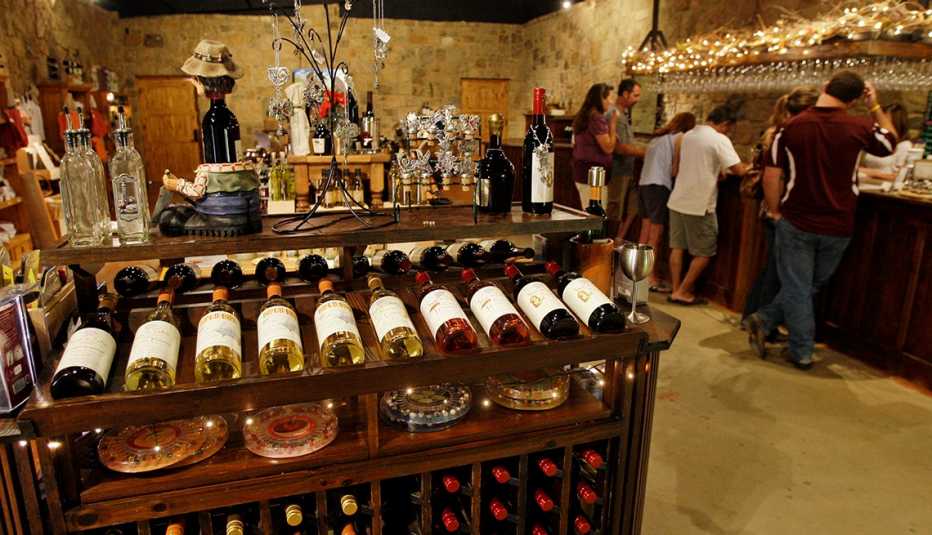
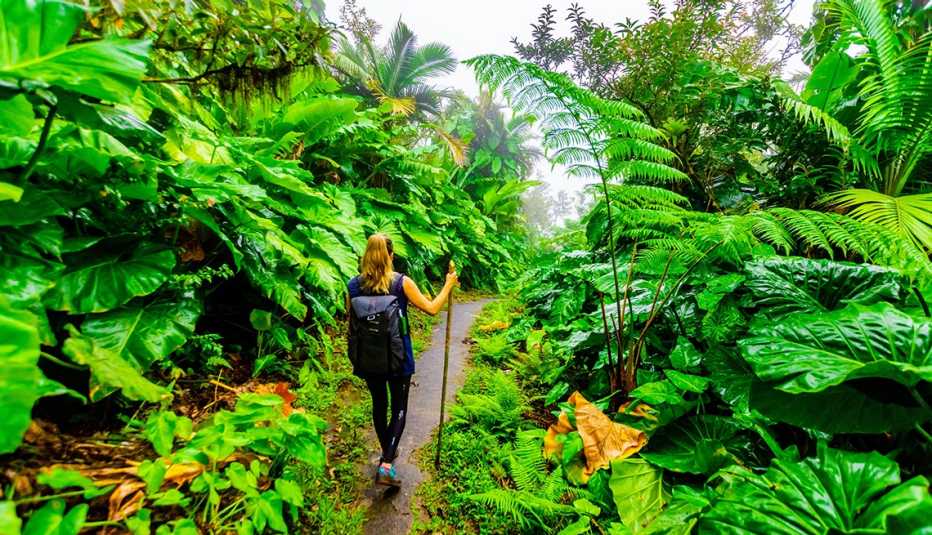

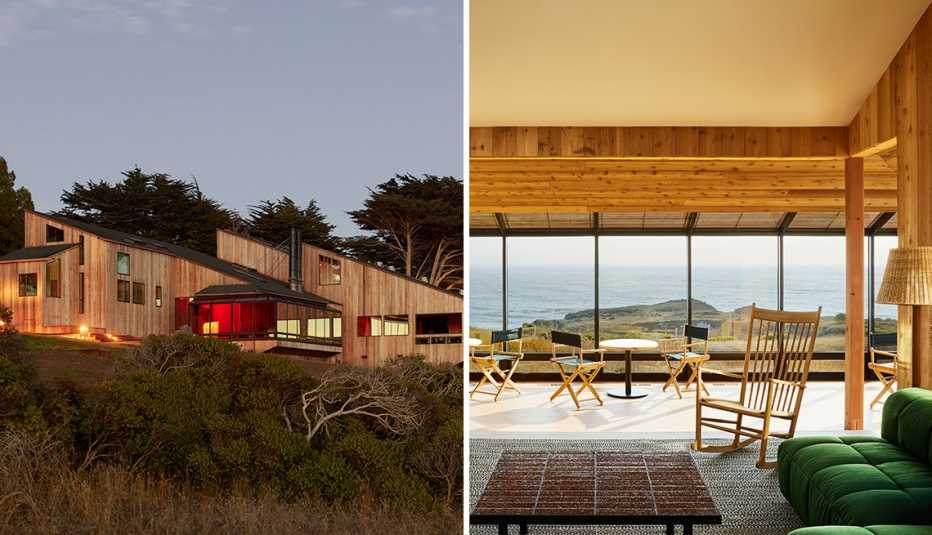
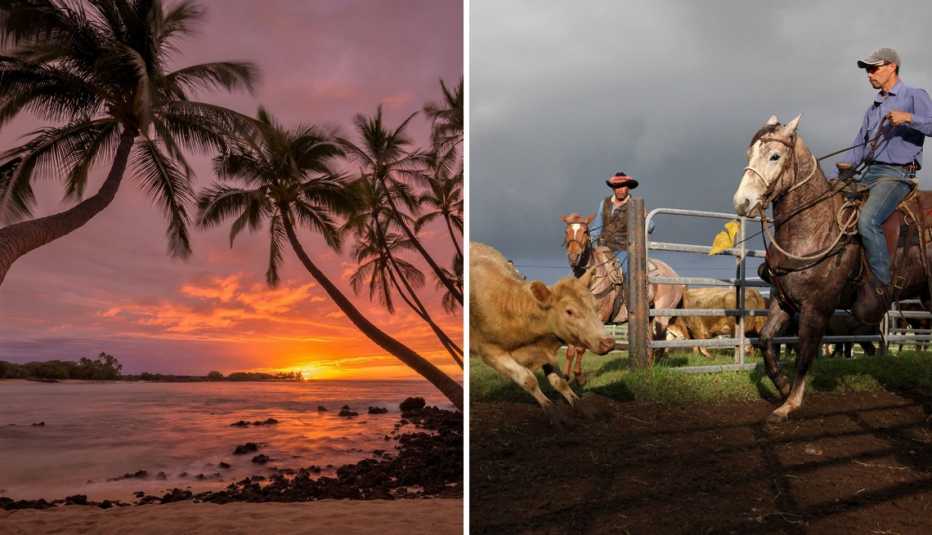



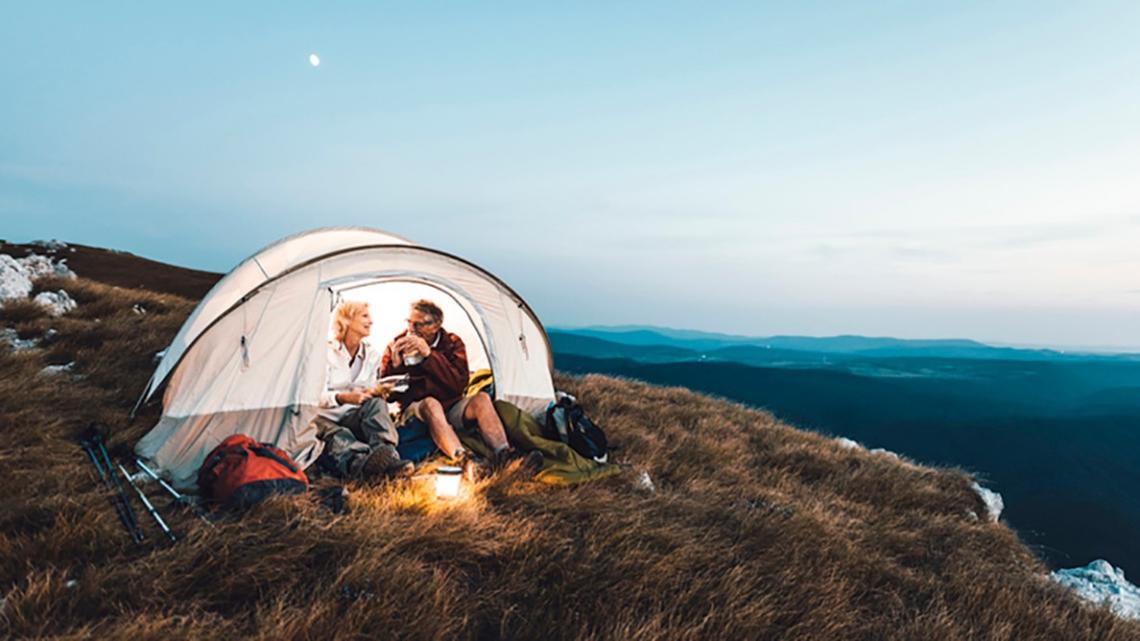


More From AARP
6 Top College Football Tailgates for Alumni — and How to Plan a Visit
Gather with friends and family for football, food and fun
5 Romantic Getaways
Plan a trip with your loved one to one of these charming small towns
5 Destinations for Solo Travelers
Find the best locale for you based on your favorite type of vacation